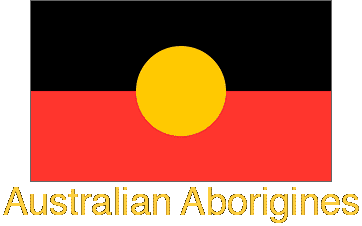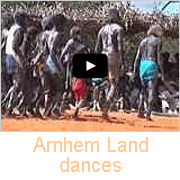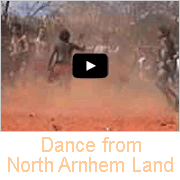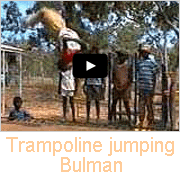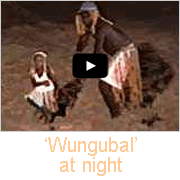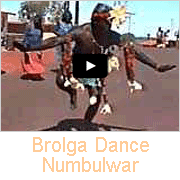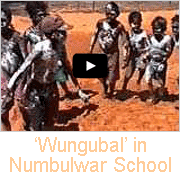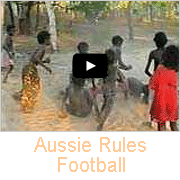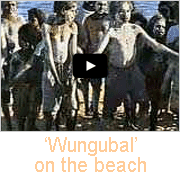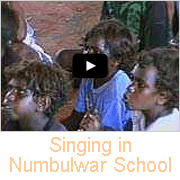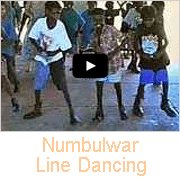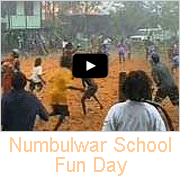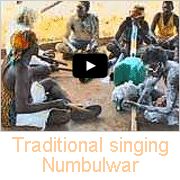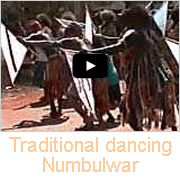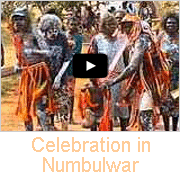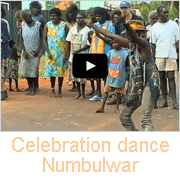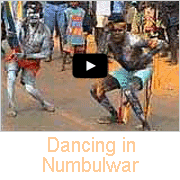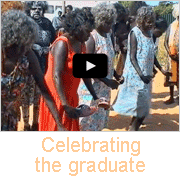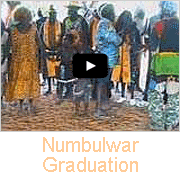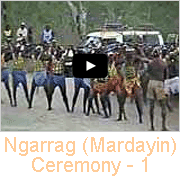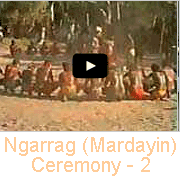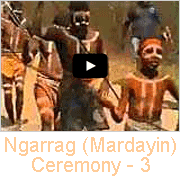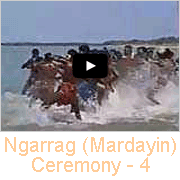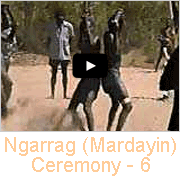Videos of Aboriginal culture and events in Arnhem Land, Australia
Aboriginal culture and events in Arnhem Land
Arnhem Land is a large Aboriginal Reserve and home to people speaking many different languages in the far north of the Northern Territory of Australia. This is all Aboriginal land, and outsiders may only visit it with permission of the Aboriginal owners. There are fairly large communities and also small remote Aboriginal “Homeland Centres” where people often return to live on their own ancestral land.
The yearly Sports and Cultural Festival in Barunga Aboriginal community near Katherine draws people from all over the Northern Territory, and dances from Arnhem Land, just to the north, are very prominent. North of Barunga, in southern Arnhem Land, is the small community of Bulman; children show off their skills on a trampoline.
In the far east of Arnhem land is Numbulwar, an Aboriginal community on the western shore of the Gulf of Carpentaria inhabited by people who traditionally spoke the Wubuy or Nunggubuyu language. Traditional “wungubal” dances can often be seen, typically very lively with jumps by the men but more demure movements by the women. Hard wooden clapsticks are used to keep time and the "didjeridu", the famous dronepipe made from a hollow log, provides a unique background sound. The didjeridu is uniquely from Arnhem Land and was, in the old days, used nowhere else. On special occasions traditional singing and dancing is performed, with the dancers with full ceremonial decorations, as when community members receive a college degree from Batchelor College, an indigenous college south of Darwin. A school picnic on the beach also provides a good opportunity for traditional dancing. But there are also non-traditional activities like singing, line-dancing and a fun day in the rain. Aboriginal kids love sports and are usually pretty athletic, as can be seen in a bush football match.
The “Mardayin” ceremony is performed all over Arnhem Land, where it is also known as "Maraian" and, when performed, attracts men from far afield; they re-enact the myths in a festival that takes place over a number of weeks. In Numbulwar the ceremony is also known as "Ngarrag". Here too the community is made up of two moieties, called Dua (or Dhuwa) and Yirritja; during the ceremonial cycle rituals are conducted during late afternoon. Actors of the Dua moiety perform first, followed by the Yirritja men. Men are painted with designs representing their “dreaming” or clan association. There are many different rituals, some taking place on a secret ceremonial ground, only to be seen by men; others may be seen by all. The ceremony culminates in ritual bathing, in which everybody, men, women and children, go to the beach and immerse themselves, dancing in the sea and washing off the ochre and clay with which they were ritually painted; this way the actors, men and women, re-enacting the deeds of the Dreamtime beings in the mythical past, leave the designs sung and painted on their bodies behind and re-emerge from the water as people again. The ceremony can be considered a festival for the souls of men and for the Dreaming places of the shades of the species of nature.
